It's interesting how a chance encounter with a vintage Loewe bag can spark curiosity about its origins. You might find yourself wondering how a small group of leather artisans in 1846 Madrid evolved into a luxury powerhouse. The journey isn't just about crafting exquisite goods; it's a tale woven with royal endorsements, international expansion, and transformative creative visions. As you explore the pivotal moments that shaped the House of Loewe, you'll uncover the profound influences that continue to resonate in today's fashion landscape.
Origins of Loewe
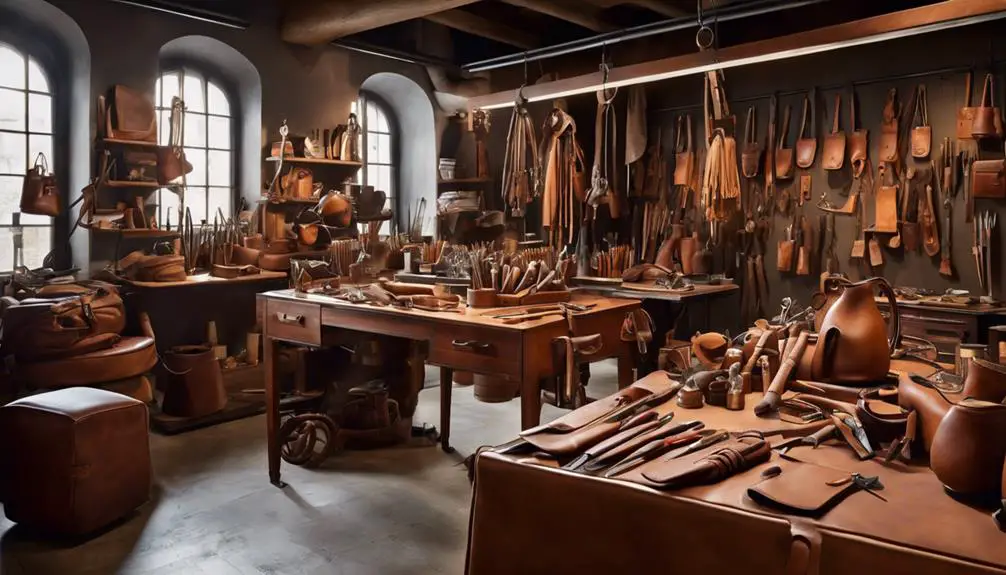
Loewe's origins trace back to 1846 in Madrid, where a group of skilled Spanish leather craftsmen came together to create high-quality leather goods. This collective of artisans was dedicated to perfecting their craft, laying the foundation for what would become a hallmark of Spanish luxury.
The brand's identity truly solidified when German leathermaker Enrique Loewe Roessberg acquired the collective in 1872, unifying operations and infusing innovative designs into their offerings. During this period, the importance of craftsmanship in luxury brands, similar to that of Valentino's historical background, became increasingly recognized, setting a benchmark for quality and design.
As the years went by, Loewe's commitment to exceptional craftsmanship gained recognition. In 1905, the brand proudly received a Royal Warrant from King Alfonso XIII, a confirmation of its superior quality and status in the world of luxury goods. This prestigious endorsement not only enhanced Loewe's reputation but also set the stage for its evolution from a local brand to an internationally recognized name in the leather industry.
Throughout its journey, Loewe has remained true to its roots, embracing artisanal techniques that highlight the dexterity and creativity of its craftsmen.
Celebrating its 175th anniversary in 2021, the brand showcased its long-standing heritage through special collections and events, reminding everyone of its rich history and unwavering dedication to leather craftsmanship.
Loewe continues to inspire with its timeless designs and commitment to quality, making it a shining example of Spanish luxury in the modern world.
Key Milestones in History
The journey of Loewe is marked by several key milestones that have shaped its identity and legacy in the luxury leather market. Founded in 1846 in Madrid by a collective of Spanish leather craftsmen, Loewe immediately established itself as a purveyor of exquisite leather goods. The brand's early commitment to quality and craftsmanship laid the foundation for its future, making it one of the most respected names in the industry.
In 1872, the brand took a pivotal turn when German leathermaker Enrique Loewe Roessberg acquired it, unifying operations and sparking significant growth.
A major highlight in Loewe's history came in 1905 when it received a Royal Warrant from King Alfonso XIII, which not only solidified its reputation for quality craftsmanship but also positioned it as a favored luxury brand among the Spanish elite. The vintage tag identification process highlights how the brand's lineage can be traced through its tags.
The 1960s marked Loewe's expansion into international markets, with its first store opening in London in 1963, followed by a flagship store in New York in 1983, bringing its luxury leather offerings to a global audience.
In 1996, Loewe became part of the LVMH group, a move that further facilitated its international growth and visibility, allowing it to reach new heights in the luxury sector.
Each of these milestones underscores Loewe's commitment to craftsmanship, quality, and innovation, ensuring its place in the rich tapestry of leather history. As you explore the story of Loewe, you'll find that each chapter reflects not just a brand, but a legacy that continues to inspire and captivate.
Evolution of Product Offerings
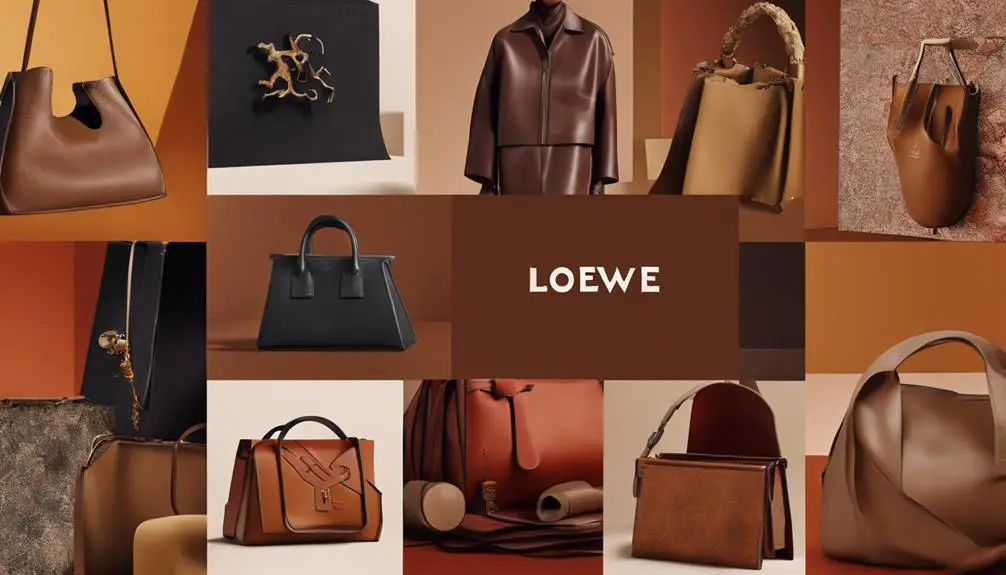
Over the years, Loewe has evolved from a brand focused solely on luxury leather goods to a multifaceted luxury house that embraces diverse product offerings. Founded in 1846, Loewe showcased the incredible craftsmanship of Spanish artisans, creating exquisite leather pieces that quickly gained acclaim.
In 1965, the brand took a bold step by launching its first ready-to-wear collection, marking a significant diversification beyond its leather roots. This leap allowed Loewe to expand its product range even further.
Iconic bags like the Amazona, introduced in 1975, and the Puzzle, which debuted in 2015, became symbols of the brand's innovative design philosophy. These bags not only epitomized luxury leather but also reflected a deep understanding of contemporary aesthetics.
In recent years, Loewe has broadened its horizons to include home goods and fragrances, creating collections inspired by nature and contemporary art. Each product carries the same dedication to quality and detail that defined its leather heritage.
The introduction of capsule collections, particularly those inspired by Arts and Crafts figures, showcases Loewe's commitment to merging fashion with artistic craftsmanship.
Today, Loewe stands as a representation of evolution, blending tradition with modernity, and offering a rich tapestry of products that appeal to a diverse clientele.
Whether you're drawn to their luxurious leather, stylish ready-to-wear, or unique home goods, there's something for everyone at Loewe, reflecting the brand's passion for creativity and excellence.
Influence of Creative Directors
Creative directors have played a pivotal role in shaping Loewe's identity and direction throughout its history. Each creative leader brought their unique vision to the luxury fashion house, elevating its status in the industry. Narciso Rodriguez, who led from 1996 to 2001, modernized Loewe's aesthetic, enhancing its global visibility and making it appealing to contemporary consumers. His work set the stage for future directors to continue this transformation.
José Enrique Oña Selfa took the reins from 2001 to 2007, honoring the brand's rich craftsmanship while introducing modern elements that refreshed its identity.
Next, Stuart Vevers, from 2007 to 2013, focused on Loewe's iconic leather goods and ready-to-wear collections, successfully attracting a younger audience enthusiastic for contemporary fashion.
Now, Jonathan Anderson stands as the current creative director, having revitalized Loewe since 2013 with his innovative designs that blend fashion, art, and contemporary culture. His approach earned him accolades as both Menswear and Womenswear Designer of the Year at the British Fashion Awards in 2015.
Under Anderson's direction, Loewe has become known for theatrical fashion shows that emphasize creativity and storytelling, enchanting audiences and solidifying the brand's modern relevance.
In essence, the influence of these creative directors hasn't only shaped Loewe's aesthetic but also guaranteed its place as a leader in the luxury fashion industry, celebrating craftsmanship and pushing boundaries with each collection.
Cultural and Artistic Contributions
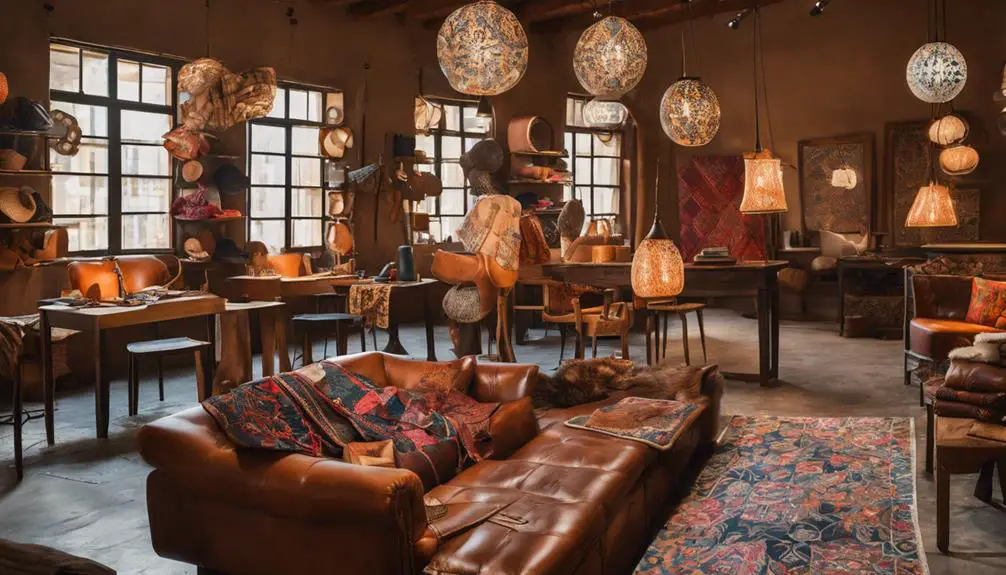
Loewe's commitment to cultural and artistic contributions has greatly enriched its brand identity and community engagement. Founded by Enrique Loewe Lynch in 1988, the Loewe Foundation actively supports cultural events, showcasing the brand's dedication to the arts. In recognition of its efforts, the Spanish government awarded the Gold Medal of Merit in the Fine Arts in 2002, highlighting Loewe's impact on the cultural landscape.
You'll find Loewe's artistic collaborations particularly inspiring, especially their work with Studio Ghibli. Collections inspired by beloved films like "My Neighbor Totoro" and "Howl's Moving Castle" blend fashion and design with enchanting storytelling, fascinating audiences worldwide.
Additionally, the Loewe Foundation Craft Prize, launched in 2016, celebrates contemporary craft and excellence in craftsmanship, reinforcing Loewe's commitment to innovative artistry.
Loewe's cultural initiatives extend beyond collaborations, engaging with major arts festivals and hosting exhibitions that feature various art forms, including photography and dance. The brand's history of artistic contributions shines through unique installations at events like Salone del Mobile, where you can see the seamless intersection of fashion and design.
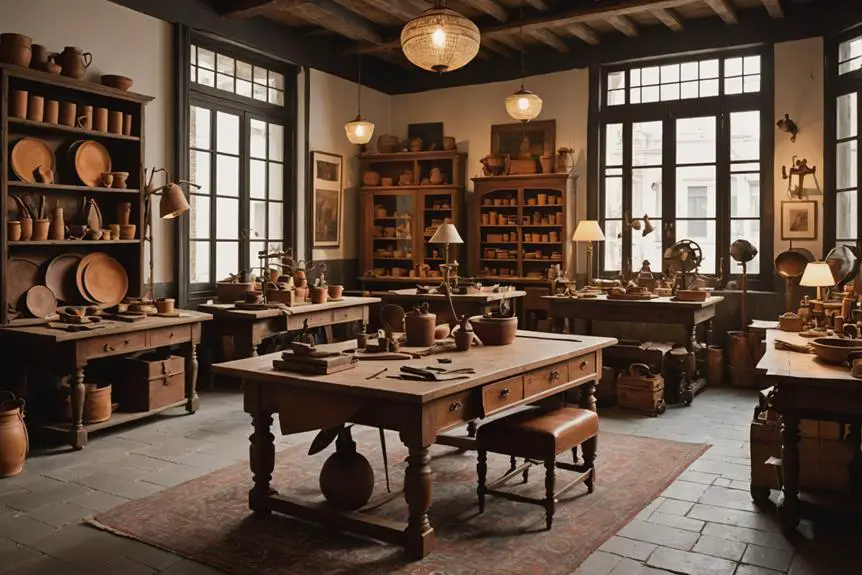


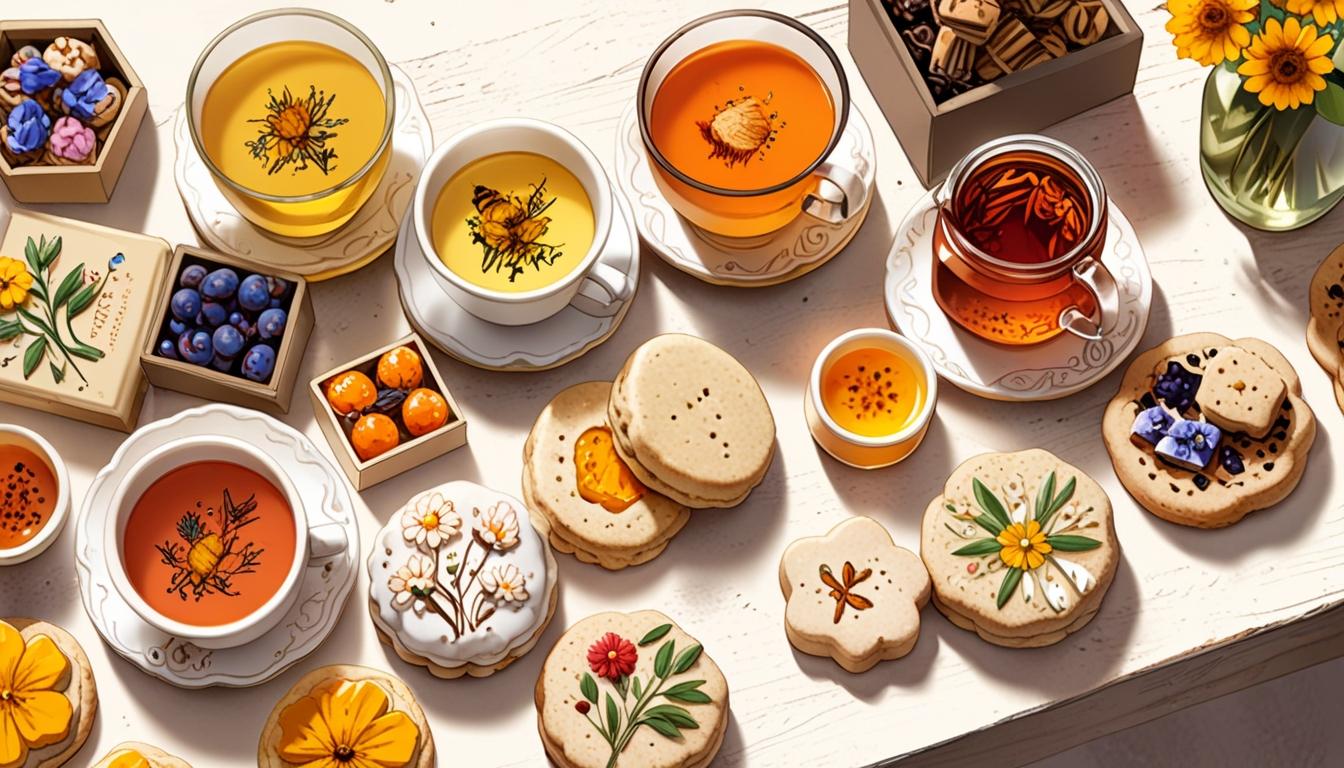
An attention-grabbing dialogue is price comment. I feel that it’s best to write extra on this topic, it may not be a taboo subject but generally persons are not sufficient to speak on such topics. To the next. Cheers